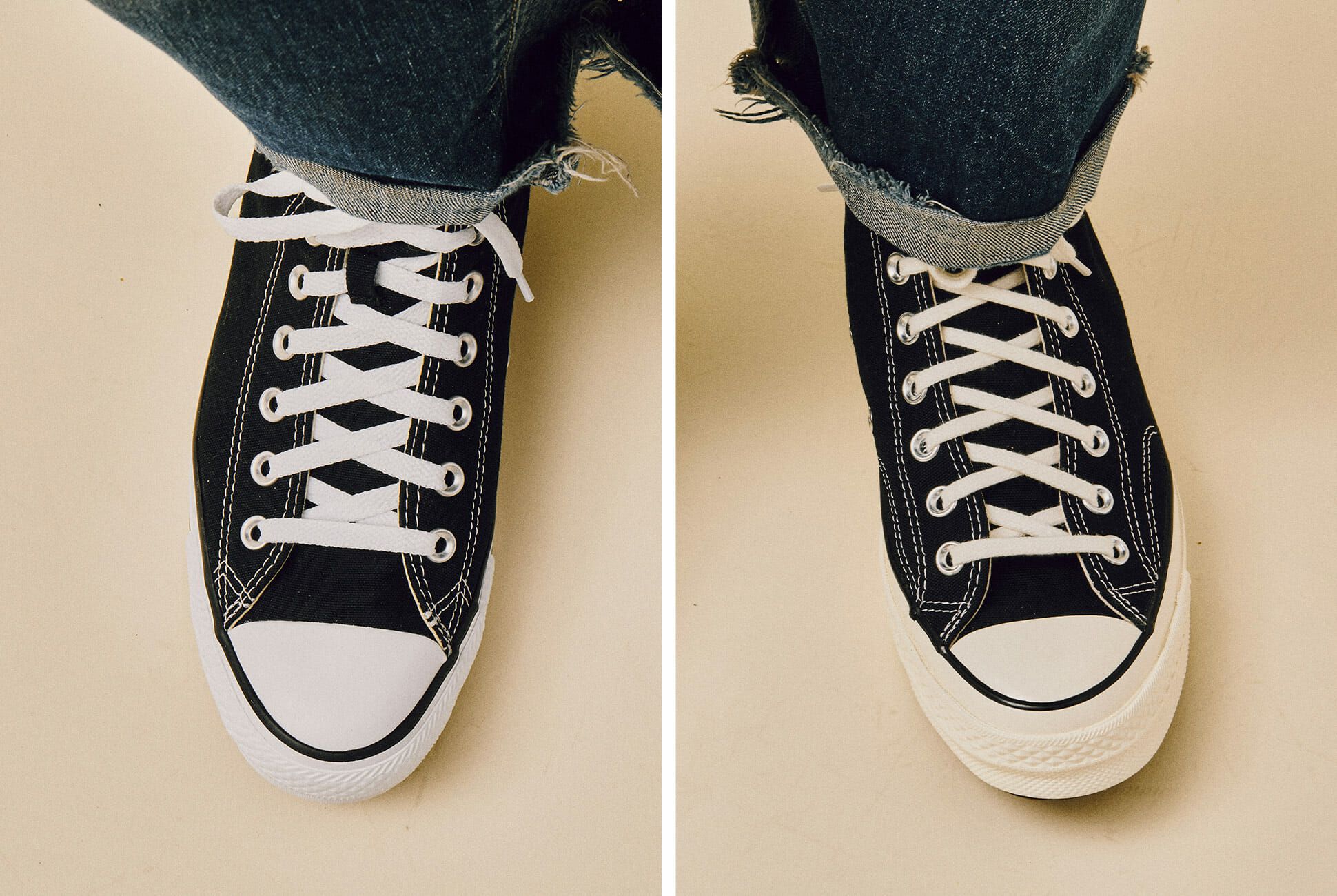
In a magnifying glass, if an object is placed on one side of a convex lens closer to the focal point, the image of the object is formed on the same side as the object and is highly magnified. The most general use of the convex lens is in magnifying glasses. The upper and lower edges are relatively thin and the middle portion is thick.Ī convex lens is used for different purposes including glass enlargement, mirror, telescope, hypermetropia correction etc. It is a lens which converges light rays passing parallel to its main axis. The disparity between concave and convex lenses will clearly be understood when contemplating the concave lens internally.Ī convex lens is also known as a convergent lens. Therefore concentric lenses are sometimes referred to as divergent lenses.

A convex lens is also called a converging lens because the parallel light rays moving through it curves inward and touches (converges) at a position just beyond the lens known as the focal point.Ĭoncave Lens : With external surfaces curving inside, a concave lens is just the opposite, making parallel light rays curve outwardly or diverge. The Lens, Based on its Shape, Can be Divided into Two Types as :Ĭonvex Lens : In a convex lens (sometimes called a positive lens), the glass (or plastic) surfaces bulge outwards at the centre. The composite lens consists of several simple lenses, which normally lie along a common axis. A single piece of transparent material consists of a single lens. It is an optical transmissive system that focuses or spreads a beam of light by refraction. Take a ten question quiz about this page.A lens is an optical tool that, by refraction, converges and diverges a light beam. In a perfect lens the focal point will reside on the principal axis at a distance of the focal length from the center of the lens. The principal axis is a horizontal imaginary line drawn through the center of the lens. The focal length is the distance from the center of the lens to the focal point.

A diverging lens will have a negative focal point where the rays originate from before diverging through the lens. The focal point of a lens is generally noted by the capital letter "F." This is the point in space where the light rays will converge to after passing through a converging lens.

Plano-convex lenses are converging lenses.



 0 kommentar(er)
0 kommentar(er)
